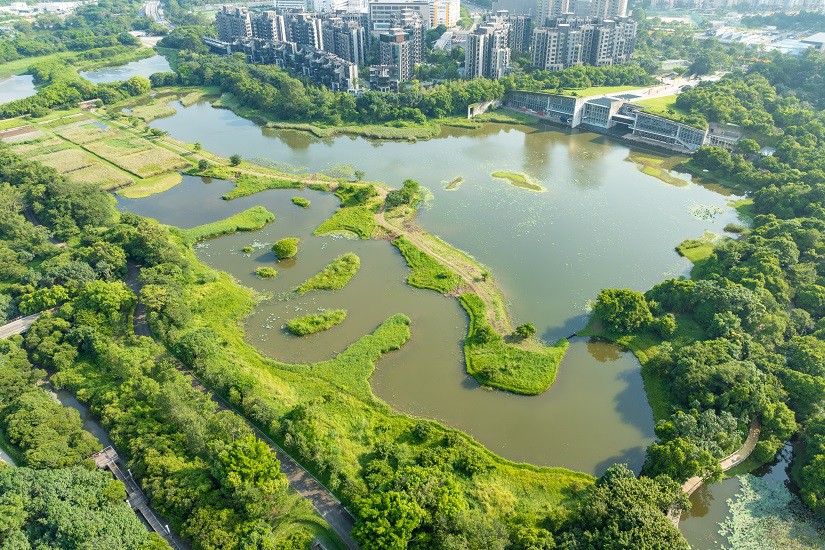
Freshwater Marshes
With some 10 hectares in size, the freshwater marshes are located at the centre of the Park and inhabited by different types of birds including: ducks and ardeids that enjoy open waters; waders that feed in shallow waters; shy waterbirds that are used to hide in marshy areas; and rails that roost on islands. The abundance of food makes the freshwater marshes ideal habitats for birds and fishes, as well as nursery grounds for aquatic invertebrates.
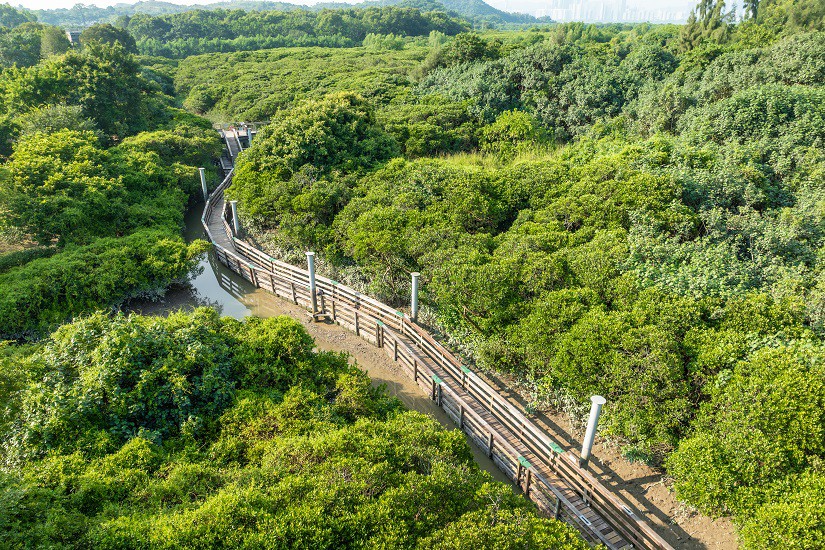
Mangroves
Mangroves are special plants that grow on sheltered shores in tropical and subtropical regions. Mangroves have unique structures and physiological mechanisms to adapt to the harsh intertidal environment, such as unstable substratum, and soil with relatively high salinity and low oxygen level. Being primary producers, mangroves can provide food, shelter and nursery ground to different animals such as mudskippers and fiddler crabs.
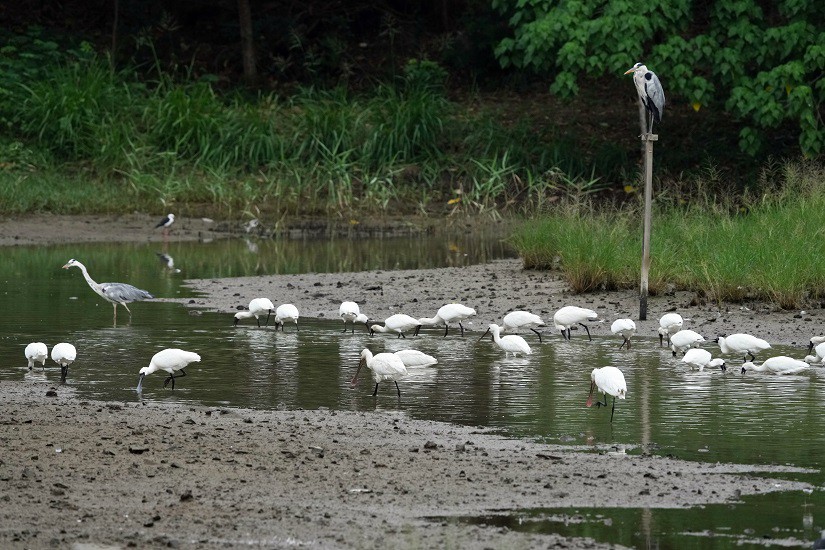
Intertidal Mudflat
Intertidal mudflat is the transitional area between the marine and terrestrial environments with muddy substratum. The 5-hectare mudflat in the Park was built to replicate the intertidal mudflats in the Deep Bay area. The mudflat was designed primarily to attract different types of waders, especially passage migrants and winter visitors. The same as other coastal environments, mudflat is also influenced by tides such that it is submerged by and emerged from tides. We therefore equip the mudflat in the Park with sluice gates to control the flow and ebb of tides, hence to control the water level within the mudflat. Even when the mudflats in the Deep Bay Area are flooded by high tide, the water level can be kept low at the mudflat in the Park to provide feeding site for a vast array of waterbirds.
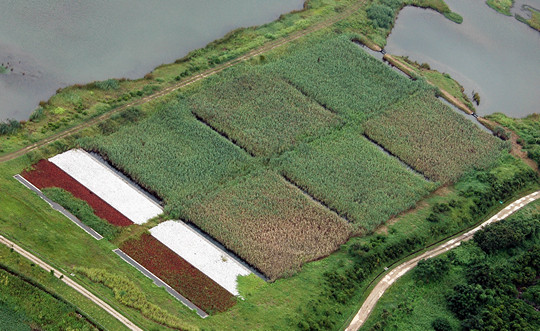
Reed Marshes
The reed marshes in the Park include the reedbed filter adjacent to the freshwater marshes, and the dense stretches of reeds growing along the sides of the Wildside Walk. The reedbed filter, covering about 1 hectare of area, comprises bricks, oyster shells and large areas of reeds. It is built mainly to filter the rainwater collected in the Tin Shui Wai district and provide purified freshwater for the freshwater marshes. Reed marshes also provide shelter and food for a number of animals such as birds, amphibians, reptiles and insects.
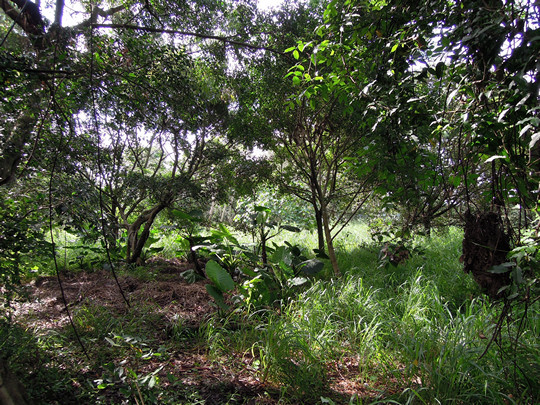
Woodlands, Shrublands and Grasslands
Exotic trees were planted as pioneer species prior to the development of the Park. In order to enrich the biodiversity, we selectively planted more native species in the Park to form different types of woodland/ shrubland/ grassland mosaics. Through careful planning and management, the woodlands become more mature and are now home for many insects, birds and mammals.